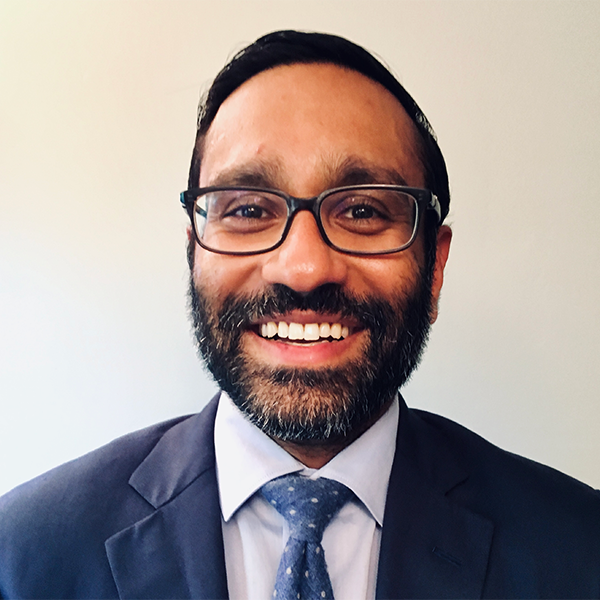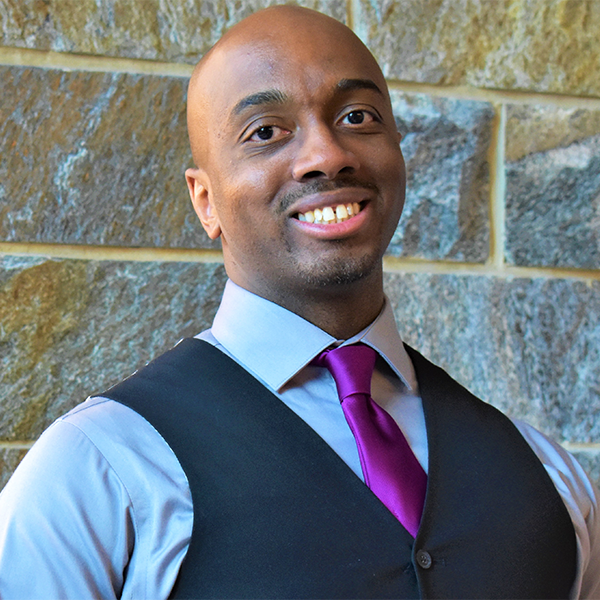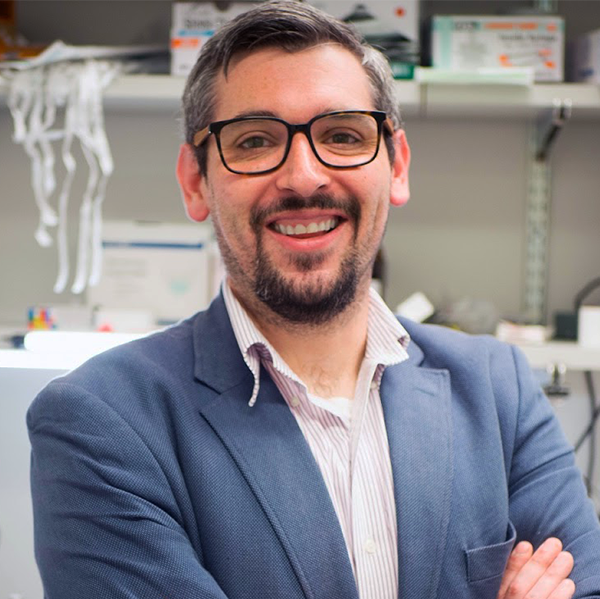RJCC Members Launch Ambitious Agenda to Engage GUMC Community
Posted in GUMC Stories | Tagged medical education, racial disparities, racial equity, Racial Justice Committee for Change, RJCC
(August 12, 2022) — Since the summer of 2020, the Racial Justice Committee for Change (RJCC) has served as a vehicle for students, faculty and staff dedicated to promoting diversity, equity and inclusion at GUMC. At their August 8 kickoff meeting for the academic year, RJCC members discussed how to tackle the work ahead and acknowledged their accomplishments to date.
Edward B. Healton, MD, MPH, executive vice president for health sciences at Georgetown and executive dean of the School of Medicine, expressed gratitude to RJCC members for their dedication. “This committee has accomplished a tremendous amount,” Healton said. In 2021, the RJCC became a standing committee at the medical center. “As we look at the work that’s been done, however, at the same time, we know there’s a lot to do.”


In her role as RJCC faculty steering committee co-chair, now in her third year, Michelle Roett (M’03), MD, MPH, professor of family medicine, introduced new members of the RJCC leadership team — fellow faculty co-chair Nathan Nair, MD, MPH, MBA, BA, associate professor in neurosurgery, and student co-chairs Victor Cox (M’24) and Mia Jenkins (M’23).
Bringing a renewed spirit of urgency to their work is one of the RJCC’s goals in the year ahead. “If you look at the members, you see a huge depth of enthusiasm,” Nair said. “But that leads us to realize that to achieve change, we need to broaden that depth.”
Promoting Synergy Throughout GUMC
One way in which the RJCC will broaden the depth of enthusiasm among its members is by bringing together people from across the medical center. Building stronger connections between the RJCC and the greater GUMC community will encourage collaboration between groups pursuing similar goals, including GUMC’s Faculty Development Committee and the working group on racial justice at MedStar Health, Healton said.
“One of our challenges is, really, how do we leverage all of that work and not bump into each other to make sure we take advantage of it at the same time,” Healton said.
As faculty co-chair of the RJCC Subcommittee on Recruitment, Retention & Success of Underrepresented Minority Students, Caleb McKinney, PhD, plans to work on identifying existing resources at GUMC related to mentorship, pipeline programs and fundraising for scholarships over the next year.

“This upcoming year, one of our big focuses is on synergizing some of our efforts to impact the educational sectors across GUMC,” said McKinney, associate professor and associate dean of graduate and postdoctoral training & development in Biomedical Graduate Education. “So we want to make sure we are really having an impact across the different schools and educational sectors.”
To raise awareness among new students about the RJCC, Roett gave a presentation during the School of Medicine’s student orientation. “We’re hoping to do the same with the students from the School of Nursing, the School of Health and BGE, and meet with the leadership from each school, so that we can have a plan and a vision around how to incorporate the goals for each school,” she said.
Patrick Forcelli, PhD, faculty co-chair of the RJCC Subcommittee on Campus and Community Relations and associate professor of pharmacology, endorsed efforts to increase participation in the RJCC among others in the GUMC community. “The more folks we can bring into the fold, the better,” he said.

Celebrating Success
Over the last two years, the RJCC partnered with the School of Medicine admissions committee to form a new subcommittee on diversity, Roett said. Additionally, members of the admissions committee, including interviewers and student ambassadors, receive implicit bias training. Roett thanked Susan Cheng, EdLD, MPP, senior associate dean for diversity and inclusion, and Carrie Chen, MD, PhD, associate dean for assessment and educational scholarship and professor of pediatrics, for recommending the training opportunities.
From 2020 to 2021, the percentage of incoming students from populations traditionally underrepresented in medicine (URM) nearly doubled, increasing to 30% from 17% in just one year. While the number of URM applicants decreased nationwide in 2022, 25% of the first-year medical students are URM, Roett said, expressing gratitude for support from Lee Jones, MD, dean for medical education, and Stephen R. Mitchell, MD, MBA, dean emeritus.
“This has been a long road of hard work, and I just really want to say a special thanks because we know how hard everybody has been working on this,” she said. “This is not easy work.”
Diversifying Dermatology

Increasing the diversity in the images shown during dermatology lectures was an initial goal for the RJCC. Though she served as co-chair on the RJCC Subcommittee on Recruitment, Retention and Success of Underrepresented Minority Students, RJCC steering committee student co-chair Jenkins’ interest in dermatology inspired her to get involved with that work.
“When we think of erythema, we think of it being bright red, but on someone with darker skin, it’s going to look different,” she said, describing a medical condition characterized by a skin rash caused by inflamed blood capillaries. “So being able to show images of common skin disorders on different types of skin is going to be very helpful for our training.”
The new slides for dermatology each feature two to three images in a variety of skin tones. “The next step is to do an audit of all the lectures and make sure that all lectures have enough diversity,” Jenkins said.
Students’ Experiences
As a first-year medical student, Jenkins was taking exams when activists led demonstrations after George Floyd was murdered by police. While her classmates responded in different ways, she didn’t know who to contact among faculty members.
“I don’t have the luxury of being like, I just have to study,” Jenkins said. “We need to be more visualized within our community here at the med school, because we can’t just assume everyone is living in the same reality.”
Since signing the letter that led to the formation of the RJCC and becoming a founding member of the committee, Jenkins has participated in the annual Student National Medical Association conference with funding from GUMC and taken part in the monthly healing circles organized by the RJCC Subcommittee on Underrepresented Minority Wellbeing, Experience and Responsiveness.
“They’re always there if you need it,” she said about the healing circles. “You can just step in for five minutes or 10 minutes, say what you need to say, and it’s a safe space for students.”

In the year ahead, Jenkins hopes to help address the need for more scholarships for URM students. “We can accept as many URM students as we want to, but if we’re not giving them resources, they’re not going to come,” she said.
Ultimately, Jenkins’ goal is to leave GUMC a better place for students in the future. “I want to make the URM experience better than what I had,” she said. “I want to help make the environment for Georgetown as welcoming as it can be for people who come in after me.”
Cox looked forward to collaborating with members of the GUMC community. “What excites me is the opportunity to work with students, staff and faculty alike towards fostering an inclusive environment at the School of Medicine and GUMC, which is critical to combating the epidemic that is racism in health care,” he said.
Both Cox and Jenkins encouraged those interested to get involved. “The RJCC has a wide array of opportunities for students to contribute,” Cox said. “Our various subcommittees allow students, staff and faculty to pursue racial justice and contribute passionately to the mission of the RJCC.”
“If you want to do this work and you’re passionate about this work, do this work,” Jenkins said.
Kat Zambon
GUMC Communications
